-
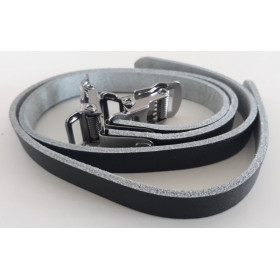 New productToe straps Messingschlager 395 mm black
New productToe straps Messingschlager 395 mm black- €4.99
-
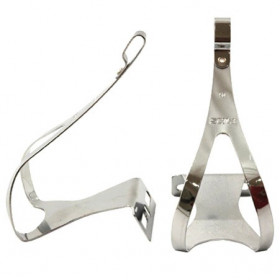 New product -37%Toe clips bike pedals MKS steel size M
New product -37%Toe clips bike pedals MKS steel size M- €10.07
- €15.99
-
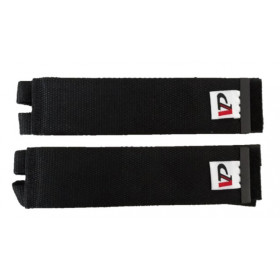 New productPedals straps VP-730
New productPedals straps VP-730- €3.99
-
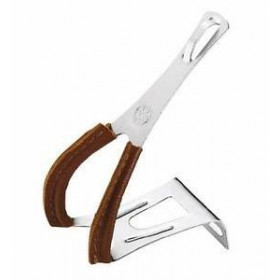 New productToe clips set VP-712 size L
New productToe clips set VP-712 size L- €14.99
-
 New productToe clips set VP-712 size L
New productToe clips set VP-712 size L- €9.99
-
 New productUrban bike pedals
New productUrban bike pedals- €9.99
-
 New productPedals MKS Japan Prime Sylvan stream black
New productPedals MKS Japan Prime Sylvan stream black- €22.99
-
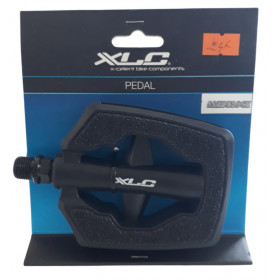 New productXLC Sandblock pedals
New productXLC Sandblock pedals- €12.99
-
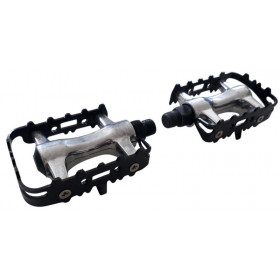 New productAluminium pedals
New productAluminium pedals- €12.99
-
 UsedUnion K370 pedals
UsedUnion K370 pedals- €12.99
-
 New product -35%Bicycle pedals UNION SP-827
New product -35%Bicycle pedals UNION SP-827- €9.74
- €14.99
-
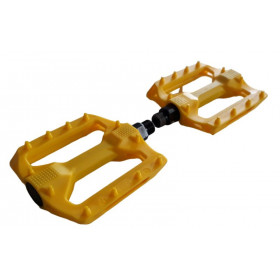 New product -10%Bike pedals SB3 raw nylon
New product -10%Bike pedals SB3 raw nylon- €8.99
- €9.99
-
 New product -25%MOTO Reflex pedals
New product -25%MOTO Reflex pedals- €44.99
- €59.99
-
 UsedBtwin pedals
UsedBtwin pedals- €4.99
-
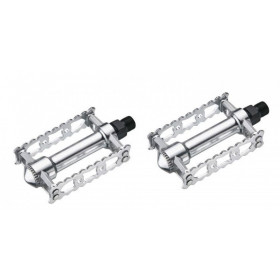 New productPedals aluminium VP-365 vintage
New productPedals aluminium VP-365 vintage- €16.99
-
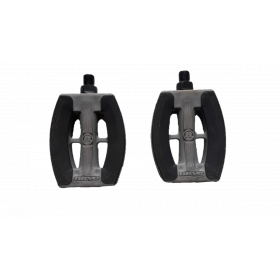 UsedNine pedals VP-315
UsedNine pedals VP-315- €5.99
-
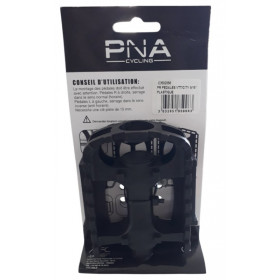 New productFlat pedals
New productFlat pedals- €8.99
-
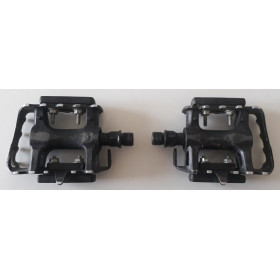 UsedCity or mountain bike pedals
UsedCity or mountain bike pedals- €4.99
-
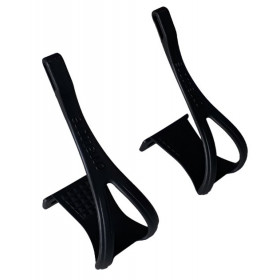 New productBike toe clips Zefal christophe racing light size L
New productBike toe clips Zefal christophe racing light size L- €4.50
-
 More detailsUsed Out-of-StockBicycle pedals VP 535
More detailsUsed Out-of-StockBicycle pedals VP 535- €5.99
-
 More detailsNew product -35% Out-of-StockBicycle pedals UNION SP-823
More detailsNew product -35% Out-of-StockBicycle pedals UNION SP-823- €9.74
- €14.99
Showing 1-21 of 21 item(s)
The fixie pedals are generally flat and wide, they can be brightly colored or in a vintage style. The fixie pedal is a key component in the stability and comfort of using a fixie.
Pedals are essential fixie bike parts of a fixie bike, as they provide the connection between the rider and the bike to transfer pedaling power. Here is a presentation of their function and characteristics:
Function of the fixie pedals :
1. Power transfer:
The fixie pedals are responsible for transferring the force exerted by the rider's legs to the cranks and bottom brackets to move the bike forward. They provide an interface between the cyclist and the bicycle, thereby converting muscular energy into movement.
2. Control:
Pedals allow the rider to control the speed and direction of the bike by applying pressure to the pedals to speed up, slow down or stop the bike. They therefore play a crucial role in the handling and handling of the bike.
Features of fixie pedals :
1. Material:
Fixie pedals can be made from different materials, including plastic, aluminum, steel, titanium or carbon. Each material has advantages in terms of weight, durability, stiffness and comfort.
2. Contact surface:
The contact surface of the pedals may vary depending on the material and design. Some pedals have a flat, non-slip surface to provide optimal grip, while others may have nubs or cleats for better grip, especially in wet weather or on smooth shoes.
3. Type of attachment:
Fixie pedals can have different fixing systems to adapt to the cyclist's preferences and the type of shoes used. Flat pedals are often used with sports shoes or dress shoes, while automatic (clip) pedals require specific shoes with cleats that attach to the pedal.
4. Bearings:
The fixie pedals can be equipped with different types of bearings to ensure smooth and efficient movement. Ball bearings are the most common, but there are also pedals with sealed bearings or cartridge bearings for added durability and minimal maintenance.
5. Size and shape:
Fixie pedals come in a variety of sizes and shapes to accommodate different foot types and pedaling styles. Some models have a wider platform to provide better support and stability, while others have a streamlined shape to reduce aerodynamic drag.
In summary, the pedals of a fixie bike play a crucial role in power transfer and control of the bike. Available in a variety of materials, contact surfaces, mounting systems and sizes, they allow the rider to personalize their pedaling experience based on their individual needs and preferences.
